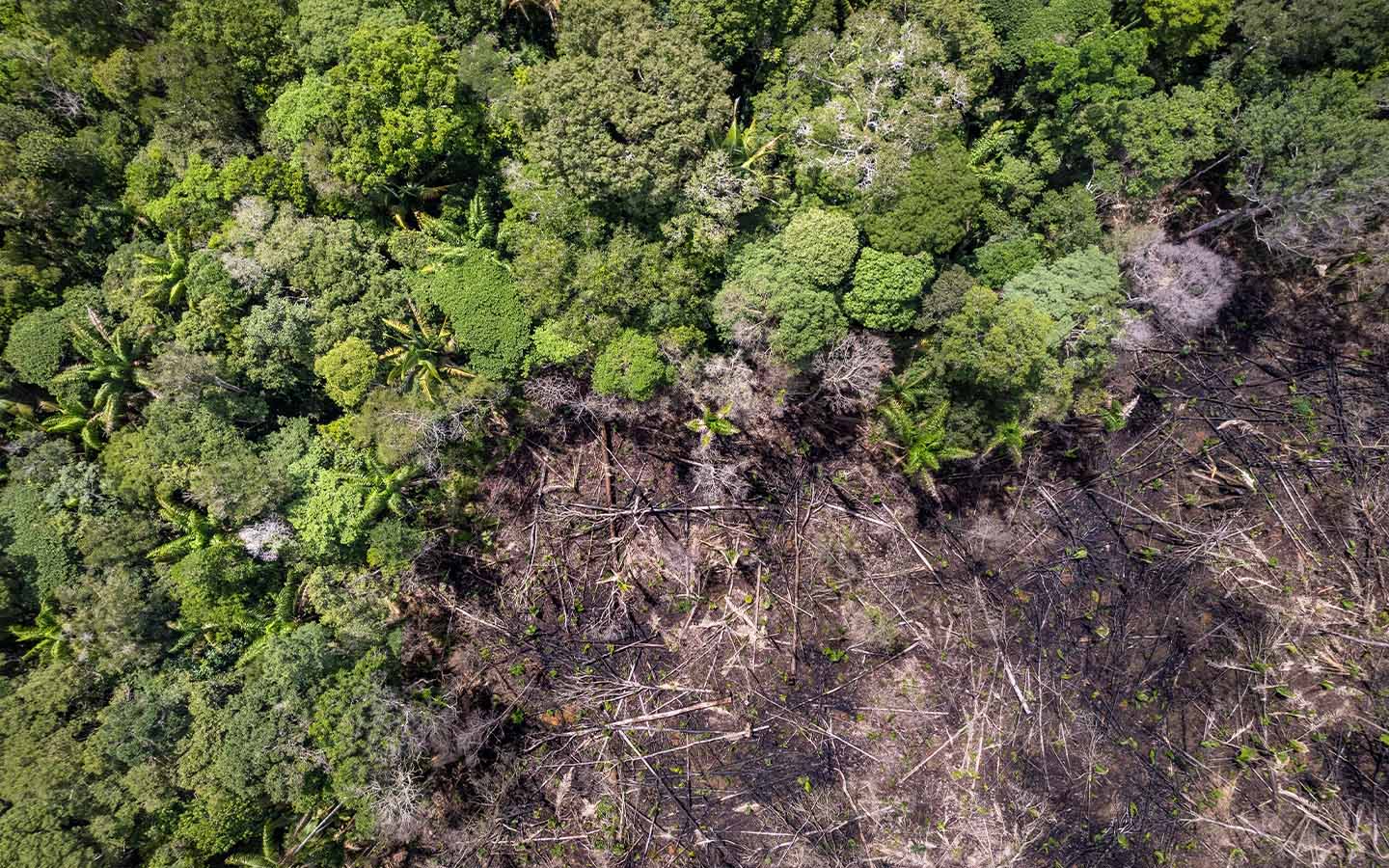Deforestation in the Amazon increased over 90 percent in May, compared to the same month in 2024, with the surge in fire damage raising concerns about the long-term health of this vital ecosystem, the Portuguese news agency Lusa reports.
Satellite imagery from the Brazilian space agency indicates that 960 square kilometres of Amazon rainforest were destroyed in May, up from 500 square kilometres during May last year. While logging (48 percent) and illegal mining (1 percent) account for nearly half the devastation, fires (51 percent) are responsible for the majority of forest loss, marking a turning point for the biome.
“The native forest, which was previously immune to fires, has started to change its profile,” João Paulo Capobianco, the executive secretary of the Ministry of the Environment, told Lusa. The effects of climate change, fires and consecutive droughts over the past two decades have weakened that immunity, he explained, leaving the world’s large rainforest vulnerable.
“We are not talking about the point of no return or the collapse of the biome, but about the collapse of the burned area that was once forest,” Capobianco said. Non-profit conservation and environmental science outlet Mongabay notes that the Amazon will likely tip into a savannah-like ecosystem in the coming decades unless there are significant reductions in deforestation and carbon emissions.
[See more: Brazilian authorities seize massive stocks of illegal timber after raids in the Amazon]
Most of the fires in the Amazon are man-made, set to clear land for agriculture and cattle ranching, or by illegal logging and mining groups trying to cover up their illicit activities or create access routes to sites. Brazil lost an area the size of Italy to fire last year, over 30.8 million hectares destroyed in 237,700 fires, and more than half of that area (58 percent) was in the Amazon.
Rainfall in the Amazon plummeted by up to 70 percent last year, fuelling severe droughts that pushed some of the largest rivers in the rainforest to their lowest point ever recorded. Those conditions, combined with a 42.3-percent surge in the number of fires, led to a 66 percent increase in burned area in the Amazon in 2024.
Facing the threat of even more fires in 2025, the Brazilian government declared a nationwide environmental emergency in February. The measure allows for more resources to be diverted to fire departments and local governments, and increased hiring for fire brigades. To discourage slash-and-burn agriculture, Brazilian authorities have also offered tax benefits for landowners who preserve forest cover
Meanwhile, investments are also being made in new technologies that enable the government to predict, monitor and respond to fires in the 4.1 million square kilometres of Brazilian Amazon. The Prevfogo Program, managed by the country’s environmental institute, combines satellite-based fire detection with AI to predict and monitor fire outbreaks, as well as track climate conditions, wind patterns and land use changes to identify high-risk areas. Autonomous firefighting drones are being tested in two northern states to detect and extinguish early-stage fires, while fire-resistant tree species and soil treatments are being researched.






